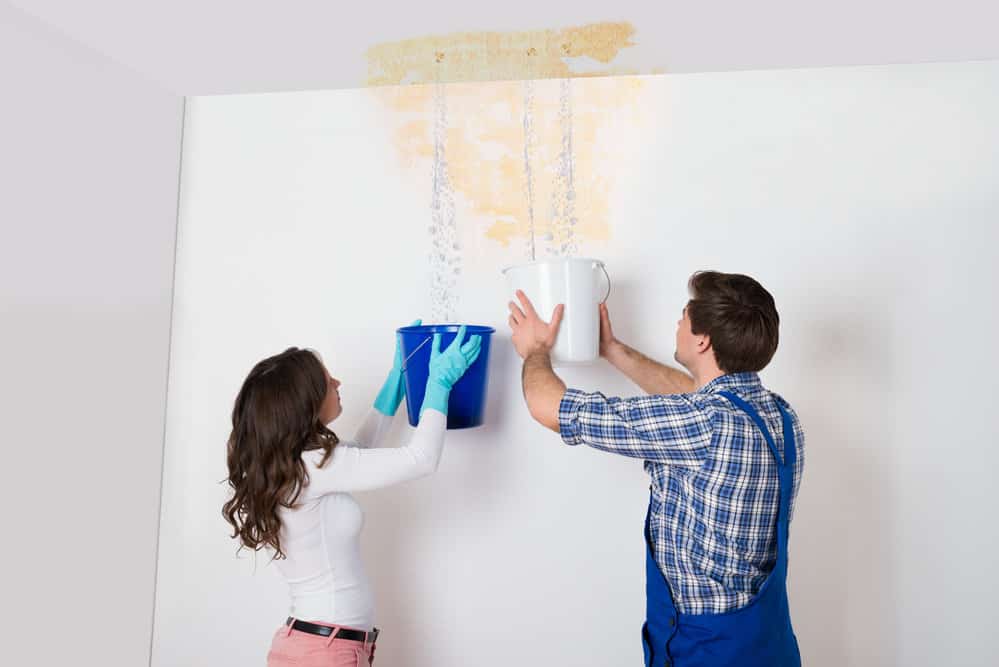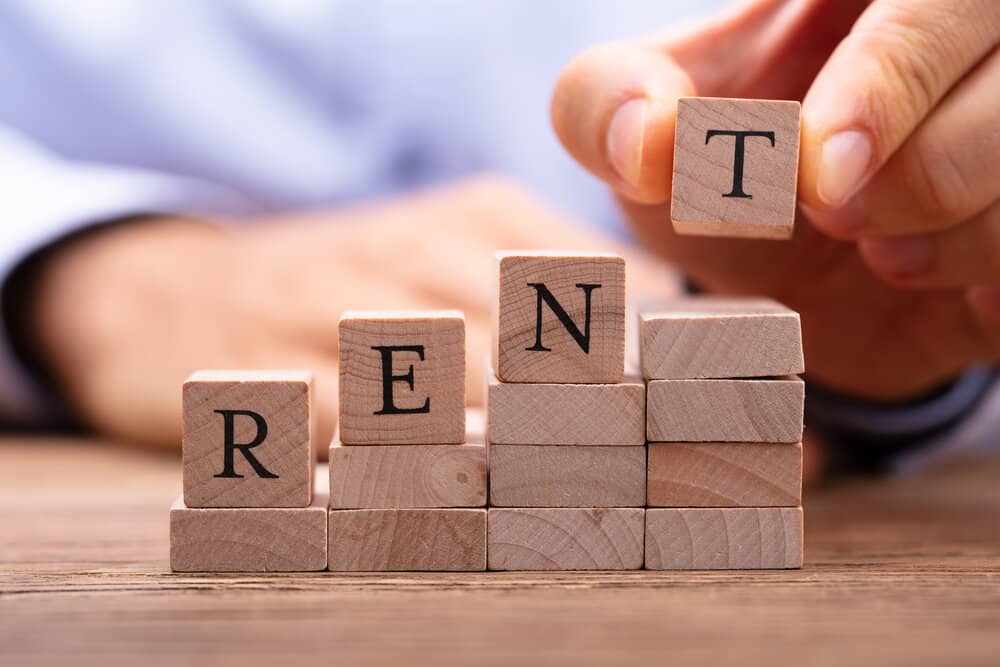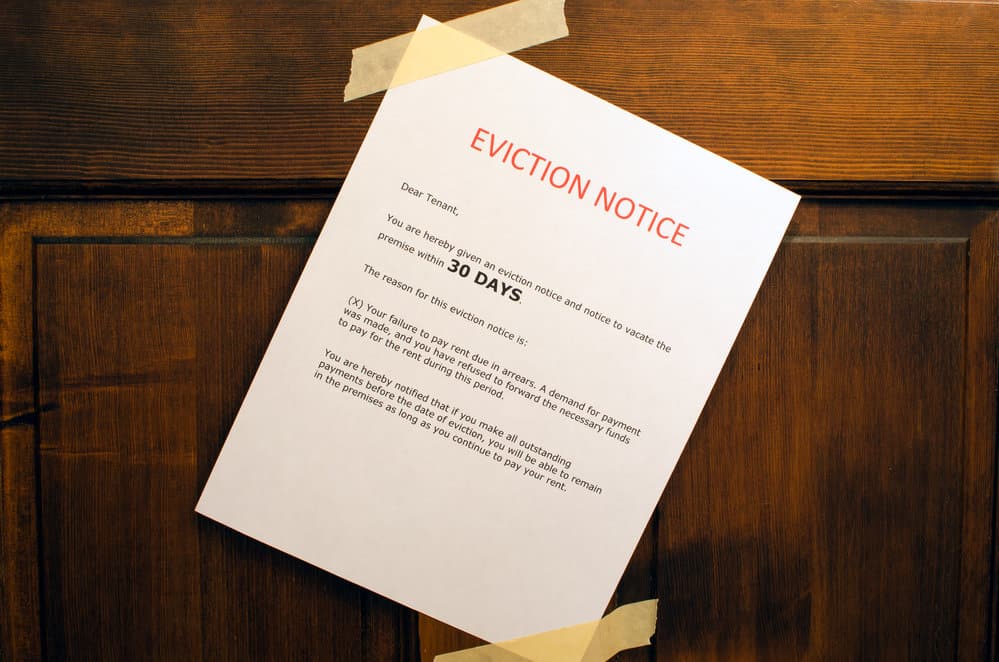Water damage can wreak havoc on homes and businesses, causing significant financial and emotional distress. Whether it stems from a burst pipe, a leaking roof, or a natural disaster, the impact can be extensive, leading to structural damage, mold growth, and the loss of valuable possessions or business assets. Determining who is at fault for the water damage becomes crucial.
Addressing water damage promptly is of paramount importance for several reasons. First and foremost, water damage can compromise the integrity of a building’s structure, leading to costly repairs or even rendering the property uninhabitable. Mold growth, which often follows water damage, poses health risks to occupants and can exacerbate respiratory issues. Additionally, untreated water damage can devalue properties and hinder business operations, resulting in financial losses.
The article will explore the legal and practical aspects of establishing liability for water damage incidents. We will examine the responsibilities of different parties, analyze the potential factors contributing to water damage, discuss insurance coverage, and highlight relevant case studies. By the end, readers will have a clearer understanding of their rights and obligations, empowering them to address water damage issues more confidently.
Understanding Water Damage

Water damage refers to the detrimental effects caused by the intrusion or accumulation of water within a structure, resulting in various degrees of harm to the property, its contents, and potentially the health of its occupants. It can manifest in multiple ways, from minor leaks and moisture issues to major flooding events.
What Is Water Damage
Water damage encompasses a broad range of issues caused by water intrusion, including but not limited to:
- Structural damage: Water can weaken building materials, such as wood, drywall, or concrete, leading to warping, rotting, or even collapse.
- Mold growth: Excess moisture creates an ideal environment for mold and mildew to thrive. Mold damages surfaces and poses health risks, especially for individuals with allergies or respiratory conditions.
- Electrical damage: Water can disrupt electrical systems and pose a risk of electrocution or electrical fires, potentially causing extensive damage to the property.
- Damage to personal belongings: Water damage can ruin furniture, electronics, documents, clothing, and other personal items, resulting in significant financial losses.
Common Causes of Water Damage
Water damage can occur due to various factors, including:
- Plumbing issues: Burst or leaking pipes, faulty plumbing fixtures, and clogged drains are common culprits of water damage in homes and businesses.
- Roof leaks: Damaged or improperly installed roofs can allow water to seep into the building, leading to structural damage and mold growth.
- Flooding: Natural disasters like heavy rainstorms, hurricanes, or flash floods can cause extensive water damage to properties.
- Appliance failures: Malfunctioning or faulty appliances, such as washing machines, dishwashers, or water heaters, can leak or overflow, resulting in water damage.
- HVAC system issues: Improperly maintained or malfunctioning heating, ventilation, and air conditioning (HVAC) systems can cause condensation or water leaks, leading to water damage.
Responsibilities and Liabilities
Homeowner’s Responsibilities
Homeowners are responsible for taking proactive measures to prevent and address water damage. This includes:
- Proper maintenance and inspection: Homeowners should regularly inspect plumbing systems, roofs, and vulnerable areas to identify potential issues early on. Routine maintenance, such as cleaning gutters and checking for leaks, is crucial in preventing water damage.
- Timely repairs and addressing leaks: Homeowners should promptly address any leaks, plumbing issues, or roof problems. Ignoring these issues can lead to more extensive water damage over time, exacerbating the consequences.
- Insurance coverage for water damage: Homeowners need to review their insurance policies to ensure adequate coverage for water damage. Understanding policy terms, exclusions, and deductible amounts can help homeowners navigate potential claims more effectively.
Landlord and Tenant Responsibilities
In rental properties, the responsibilities for addressing water damage may be shared between landlords and tenants, as outlined in lease agreements and local regulations. These responsibilities include:
- Lease agreements and maintenance clauses: Lease agreements should clearly outline the responsibilities of both landlords and tenants regarding maintenance and reporting of water damage incidents. Understanding these clauses is essential for both parties.
- Reporting and addressing water damage promptly: Tenants should promptly report any signs of water damage to the landlord or property management. Landlords must take these reports seriously and initiate appropriate actions to address the issue promptly.
- Landlord’s duty to maintain habitable conditions: Landlords have a legal obligation to provide habitable conditions for tenants, which includes addressing water damage promptly and ensuring the property is safe and free from hazards.
Business Owners’ Responsibilities
Business owners are responsible for safeguarding their premises from water damage to ensure smooth operations and the safety of employees and customers. Their responsibilities include:
- Maintaining a safe and functional environment: Business owners should implement regular inspections and maintenance procedures to identify and address potential water damage risks. This includes maintaining plumbing systems, roofs, and other vulnerable areas.
- Business insurance coverage for water damage: Adequate insurance coverage is crucial for businesses to mitigate the financial impact of water damage incidents. Business owners should review and understand their insurance policies, including coverage limits and exclusions.
Understanding and fulfilling these responsibilities can help homeowners, landlords, tenants, and business owners reduce the risk of water damage and navigate potential disputes or insurance claims more effectively. The next section will explore the mitigation, prevention, and clean-up of water damage.
Mitigation and Prevention
Importance of Early Intervention and Mitigation Efforts
Regarding water damage, early intervention, and mitigation are critical in preventing further damage and reducing the risk of mold remediation. Time is of the essence, as allowing water to sit or linger can lead to more extensive structural damage and create an ideal environment for mold growth.
By promptly addressing water damage incidents, homeowners and business owners can minimize the potential consequences. This includes taking immediate steps to stop the source of water intrusion, drying out affected areas, and removing any standing water. Swift action can significantly mitigate the need for costly repairs and the potential health hazards associated with mold growth.
Professional Services for Water Damage Restoration
In cases of significant water damage, it is often necessary to seek professional assistance for water damage restoration. Professional restoration companies specialize in properly mitigating and restoring properties affected by water damage. They have the expertise, equipment, and experience to handle the situation effectively.
These professional services encompass crucial tasks, such as thorough water extraction, structural drying, sanitization, and deodorization. They employ specialized techniques and equipment to restore the affected areas to their pre-damage condition. Additionally, these professionals can guide mold remediation if mold growth has already occurred or is at risk of developing.
Engaging professional services for water damage restoration ensures a thorough and efficient restoration process and minimizes the potential risks associated with improper cleanup and inadequate drying. Their expertise can help prevent long-term structural issues and the need for extensive mold remediation efforts.
The remediation process can move much quicker by understanding what water damage is, where it can come from, and who is responsible for the cleanup. The affected home or business can be back in use faster. So remember always to keep an eye out and keep maintenance up to date where possible.



